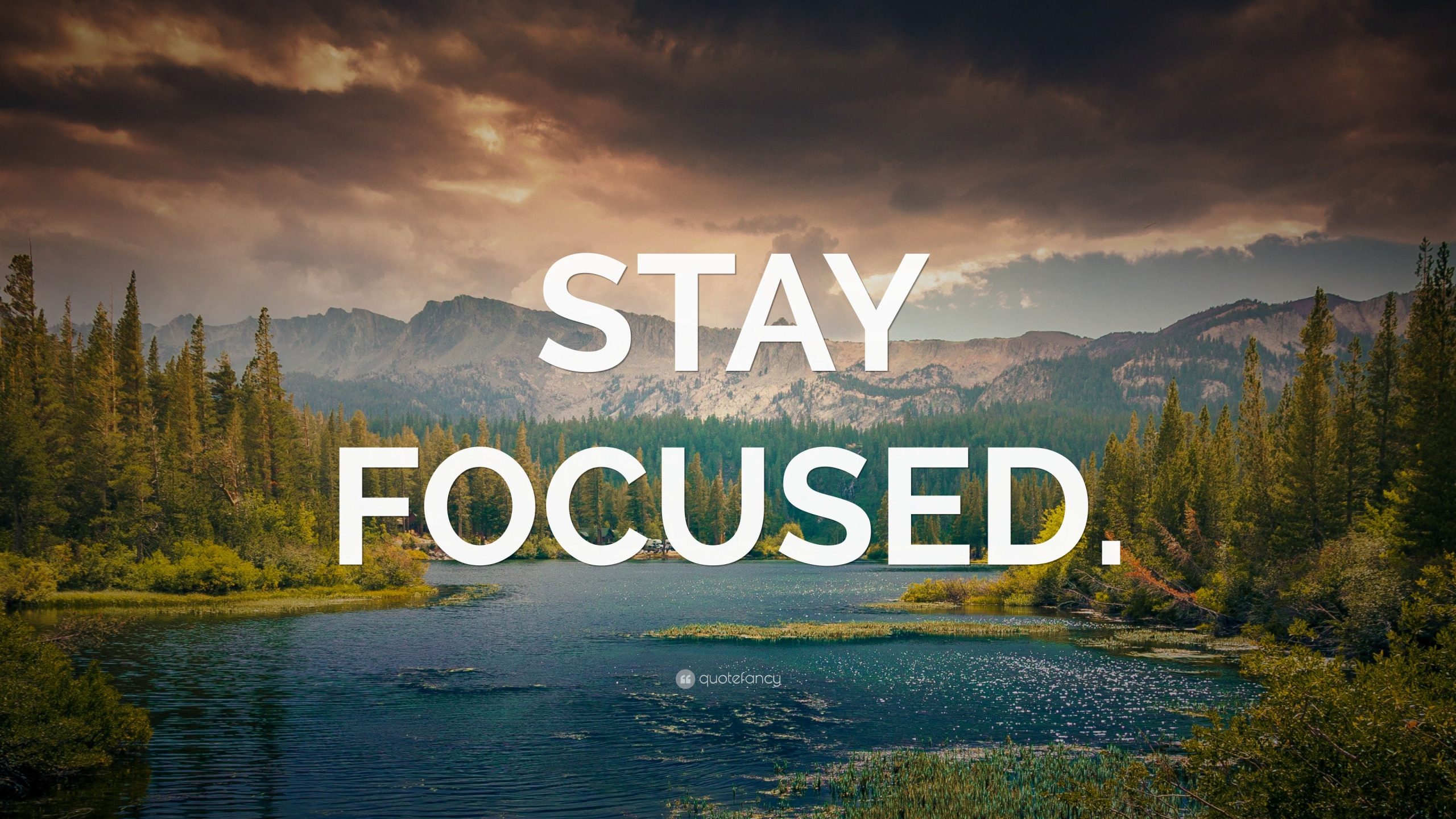
Chile, a country of breathtaking contrasts, stretches an astonishing 4,300 kilometers along the southwestern coast of South America. From the world’s driest desert in the north to the glacial landscapes of Patagonia in the south, and the fertile valleys in between, Chile offers an unparalleled diversity of experiences. Deciding where to stay in this elongated nation can be as challenging as choosing which of its iconic landmarks to visit. This comprehensive guide will navigate you through Chile’s most captivating regions, explore its rich history, offer practical travel tips, detail accommodation options, transportation, and pinpoint the best times to visit, ensuring your Chilean adventure is nothing short of extraordinary.
A Glimpse into Chile’s Rich Tapestry: History and Culture
Chile’s history is as dynamic as its geography. Indigenous peoples, including the Mapuche, inhabited the land for millennia before Spanish conquistadors arrived in the 16th century. The colonial era saw the development of a distinct Chilean identity, marked by struggles for independence in the early 19th century. The 20th century brought periods of political upheaval, including the socialist government of Salvador Allende and the subsequent military dictatorship of Augusto Pinochet, leaving an indelible mark on the nation’s psyche. Today, Chile is a vibrant democracy, blending its indigenous heritage with European influences, evident in its art, music, cuisine, and festivals. Understanding this historical context enriches the travel experience, allowing for a deeper appreciation of the places you visit.

Related Articles about Chile: A Land of Extremes – Where to Stay, What to See, and How to Experience It All:
- Castles, Cobblestones, and Comfort: Unveiling the Best Hotels in the Czech Republic
- From Glaciers to Tango: Your Ultimate Guide to Where to Stay in Argentina
- Cairo: A Timeless Tapestry of Wonders – Your Ultimate Guide to the City of a Thousand Minarets
- Osaka: A Culinary Canvas and Cultural Crossroads – Your Ultimate Travel Guide
- The Ultimate Guide to Unforgettable Stays: Exploring the Best Hotels in the United States
Top Attractions: A North-to-South Journey
Chile’s elongated form means its attractions are geographically diverse. Here’s a regional breakdown of must-see destinations:
1. The Atacama Desert (Northern Chile): Land of Stars and Lunar Landscapes
- Attractions:
- San Pedro de Atacama: The gateway to the desert, offering a charming adobe town atmosphere and a base for excursions.
- Valle de la Luna (Moon Valley) & Valle de la Muerte (Death Valley): Surreal landscapes of sand dunes, salt formations, and rock sculptures that resemble the lunar surface.
- El Tatio Geysers: The third-largest geyser field in the world, best visited at sunrise when the steam plumes are most dramatic.
- Salar de Atacama: A vast salt flat, home to flamingos and the Chaxa Lagoon.
- Stargazing: The Atacama boasts some of the clearest skies on Earth, making it a premier destination for astronomical tourism. Numerous observatories offer tours.
- Lagunas Altiplánicas (Miscanti & Miñiques): High-altitude lagoons with stunning turquoise waters against volcanic backdrops.

- History/Culture: The region was once inhabited by the Atacameño people, known for their sophisticated irrigation systems. Ancient petroglyphs and archaeological sites offer glimpses into their past.
2. Central Valley: Vineyards, Valleys, and Vibrant Cities
- Attractions:
- Santiago: Chile’s bustling capital, a modern metropolis with a rich history. Explore Plaza de Armas, Cerro San Cristóbal for panoramic views, the bohemian Bellavista neighborhood, and world-class museums like the Museo Chileno de Arte Precolombino.
- Valparaíso: A UNESCO World Heritage city, renowned for its colorful bohemian hillside neighborhoods, ascensores (funiculars), street art, and vibrant port.
- Viña del Mar: A popular coastal resort town, known for its beaches, gardens, and the annual International Song Festival.
- Wine Regions (Maipo, Casablanca, Colchagua Valleys): Indulge in wine tasting tours at renowned vineyards, learning about Chile’s celebrated Cabernet Sauvignon, Carmenère, and Sauvignon Blanc.
- History/Culture: The Central Valley is the heartland of Chilean history and culture, from the colonial era to its modern development. Valparaíso, once a vital port, has a rich maritime history.
3. Lake District (Southern Central Chile): Volcanoes, Lakes, and Adventure
- Attractions:
- Puerto Varas: A picturesque town on the shores of Llanquihue Lake, offering stunning views of the Osorno and Calbuco volcanoes.
- Volcano Osorno: Hike or drive to its summit for breathtaking vistas.
- Petrohué Falls: Cascading waterfalls set against a backdrop of lush greenery and the Osorno volcano.
- Chiloé Archipelago: A mystical land of wooden churches (UNESCO World Heritage), unique folklore, and distinctive stilt houses (palafitos).
- Pucón: An adventure hub offering hiking, rafting, kayaking, skiing (in winter), and thermal springs.
- National Parks: Explore Vicente Pérez Rosales National Park and Huerquehue National Park for their natural beauty.
- History/Culture: This region was historically home to the Mapuche people and later settled by German immigrants, influencing its architecture and cuisine. Chiloé has a rich mythology and distinct cultural identity.
4. Patagonia (Southern Chile): Glaciers, Mountains, and Untamed Wilderness
- Attractions:
- Torres del Paine National Park: The crown jewel of Chilean Patagonia, famous for its granite spires, turquoise lakes, glaciers, and abundant wildlife (guanacos, condors, pumas). Iconic hikes include the W Trek and O Circuit.
- El Calafate (Argentina, but easily accessible from Chile): While in Argentina, it’s a gateway to the Perito Moreno Glacier, a colossal ice formation.
- Punta Arenas: A historic port city and the gateway to Antarctic expeditions. Visit the penguin colonies on Magdalena Island.
- Puerto Natales: The charming town serving as the primary base for exploring Torres del Paine.
- Glacier Grey: Accessible from Torres del Paine, offering boat trips to witness its immense ice face.
- Carretera Austral: A legendary unpaved road stretching through a remote and wild region, ideal for adventurous travelers.
- History/Culture: Patagonia was one of the last regions of South America to be explored and settled, with a history of nomadic indigenous peoples and pioneering settlers.
Accommodation Options: From Budget to Luxury
Chile offers a wide range of accommodation to suit every budget and travel style:
- Hostels: Abundant in major cities and tourist hubs like San Pedro de Atacama, Santiago, Valparaíso, Pucón, and Puerto Natales. They provide affordable dorm beds and private rooms, often with communal kitchens and social areas, perfect for solo travelers and backpackers.
- Guesthouses (Hospedajes/Hostales): Often family-run, these offer a more intimate and local experience. They can range from basic to charming, providing a comfortable and budget-friendly option.
- Hotels: Available in all categories, from boutique hotels in historic buildings to modern chain hotels in cities. Prices vary significantly based on location, amenities, and star rating.
- Eco-Lodges and Glamping: Increasingly popular, especially in natural areas like the Atacama Desert and Patagonia. These offer a unique way to connect with nature while enjoying comfortable amenities.
- Cabins and Apartments: Ideal for families or longer stays, offering more space and self-catering facilities.
- Luxury Lodges and Estancias: In prime locations, particularly in Patagonia and wine regions, these offer opulent accommodations, gourmet dining, and exclusive experiences. Think stunning views, private guides, and exceptional service.
Transportation: Navigating the Long and Narrow
Chile’s geography presents unique transportation challenges and opportunities:
- Flights: For covering long distances quickly, flying is the most efficient option. LATAM Airlines and Sky Airline are the main domestic carriers, with flights connecting major cities like Santiago, Calama (for Atacama), Puerto Montt (for Lake District), and Punta Arenas (for Patagonia). Book in advance for better prices.
- Buses: Chile has an excellent long-distance bus network. Companies like TurBus, Pullman Bus, and JAC offer comfortable, often cama (bed) or semi-cama (semi-bed) seats, making overnight journeys feasible. This is a popular and economical way to travel between cities.
- Rental Cars: Essential for exploring areas at your own pace, especially in wine regions, the Lake District, and for those venturing onto the Carretera Austral. Be aware that roads can vary in quality, particularly in remote areas. International driving permits are usually required.
- Trains: Limited passenger train services exist, primarily between Santiago and its surrounding cities. It’s not a primary mode of long-distance travel.
- Ferries: Crucial for reaching islands like Chiloé and for navigating fjords in Patagonia. Navimag offers overnight ferry services between Puerto Montt and Puerto Natales, a scenic but time-consuming option.
- Taxis and Ride-Sharing: Readily available in cities. Use official taxis or reputable ride-sharing apps for safety and fair pricing.
- Tours and Transfers: For specific attractions or excursions, booking organized tours with included transportation can be convenient and informative.
Travel Tips for a Seamless Chilean Experience
- Currency: The Chilean Peso (CLP). Credit cards are widely accepted in cities and tourist areas, but it’s wise to carry some cash, especially in smaller towns or for local markets.
- Language: Spanish is the official language. While many people in the tourism industry speak some English, learning basic Spanish phrases will greatly enhance your interactions.
- Safety: Chile is generally a safe country for tourists. However, like any destination, exercise common sense precautions, especially in crowded areas, to avoid petty theft. Be aware of local customs and laws.
- Altitude Sickness: In the Atacama Desert and high-altitude regions, acclimatize gradually. Drink plenty of water, avoid alcohol and heavy meals on your first day, and consider medication if you’re prone to altitude sickness.
- Sun Protection: The sun is intense, especially in the Atacama and at high altitudes. Use high SPF sunscreen, wear a hat, and sunglasses.
- Water: Tap water is generally safe to drink in most major cities, but in remote areas or if you have a sensitive stomach, bottled water is recommended.
- Electricity: 220V, 50Hz. Plugs are Type L.
- Book in Advance: For popular destinations, national parks (especially Torres del Paine), and during peak season, booking accommodation and tours well in advance is highly recommended.
- Embrace the Pace: Chile is a vast country, and travel can take time. Allow for flexibility in your itinerary and enjoy the journey.
- Respect the Environment: Chile’s natural beauty is its greatest asset. Practice responsible tourism, minimize your environmental impact, and respect local wildlife.
Best Time to Visit: Seasons and Their Charms
Chile’s elongated shape means its climate varies dramatically. The "best" time to visit depends heavily on your chosen region and desired activities:
-
Northern Chile (Atacama Desert):
- Best Time: March to May (Autumn) and September to November (Spring). These shoulder seasons offer pleasant temperatures for exploring, with fewer crowds and slightly lower prices.
- Summer (December to February): Hot and dry, but can be extremely intense.
- Winter (June to August): Cooler, with occasional rain in some areas, but still excellent for stargazing.
-
Central Chile (Santiago, Valparaíso, Wine Regions):
- Best Time: September to November (Spring) and March to May (Autumn). These periods offer mild temperatures, ideal for exploring cities, vineyards, and coastal areas. Spring brings wildflowers, while autumn offers beautiful fall foliage.
- Summer (December to February): Warm to hot and dry, perfect for beach activities and enjoying outdoor festivals. Can be crowded.
- Winter (June to August): Cooler and wetter, with snow in the Andes. Good for skiing in the nearby mountains.
-
Lake District:
- Best Time: December to March (Summer). This is the warmest period, ideal for outdoor activities like hiking, water sports, and exploring national parks.
- Autumn (March to May): Beautiful fall colors and fewer crowds.
- Winter (June to August): Cold and snowy, perfect for skiing and enjoying a winter wonderland. Some attractions may be closed.
-
Patagonia:
- Best Time: November to March (Summer). This is the peak season for hiking and exploring national parks. Days are longer, and weather is generally more favorable, though still unpredictable.
- Shoulder Seasons (October and April): Can offer a good balance of decent weather and fewer crowds, but be prepared for more variable conditions.
- Winter (May to September): Extremely cold, with heavy snowfall. Many accommodations and services close. Only recommended for experienced adventurers seeking specific winter activities.
Conclusion: Your Chilean Adventure Awaits
Chile is a land of unparalleled natural beauty and rich cultural experiences. Whether you’re drawn to the otherworldly landscapes of the Atacama, the vibrant culture of its cities, the serene beauty of its lakes, or the dramatic wilderness of Patagonia, there’s a corner of Chile waiting to captivate you. By understanding its history, planning your itinerary with its diverse attractions in mind, and considering the practicalities of accommodation and transportation, you’re well on your way to crafting an unforgettable Chilean journey. So, pack your bags, embrace the spirit of adventure, and prepare to be amazed by the extraordinary land of extremes.





